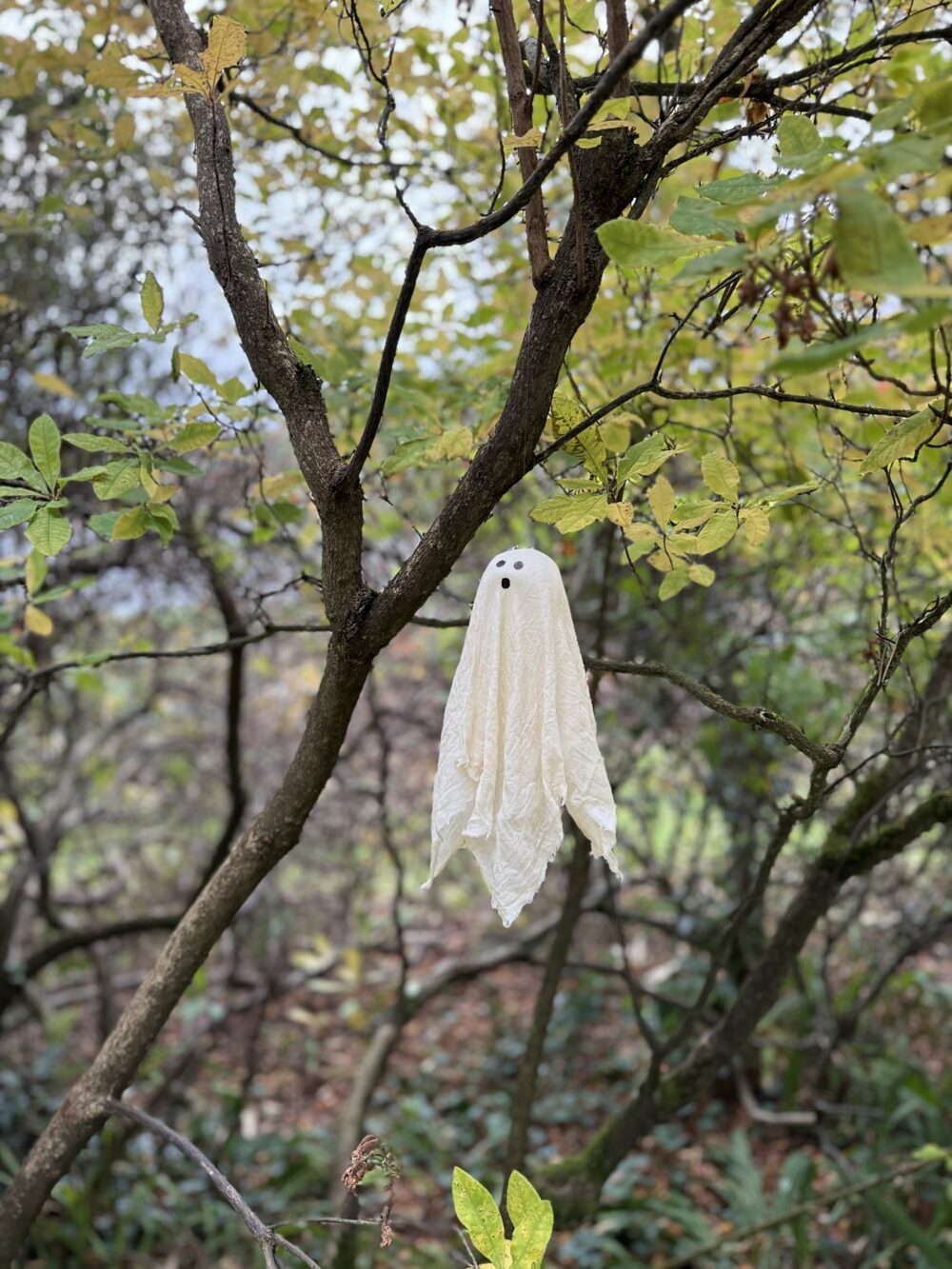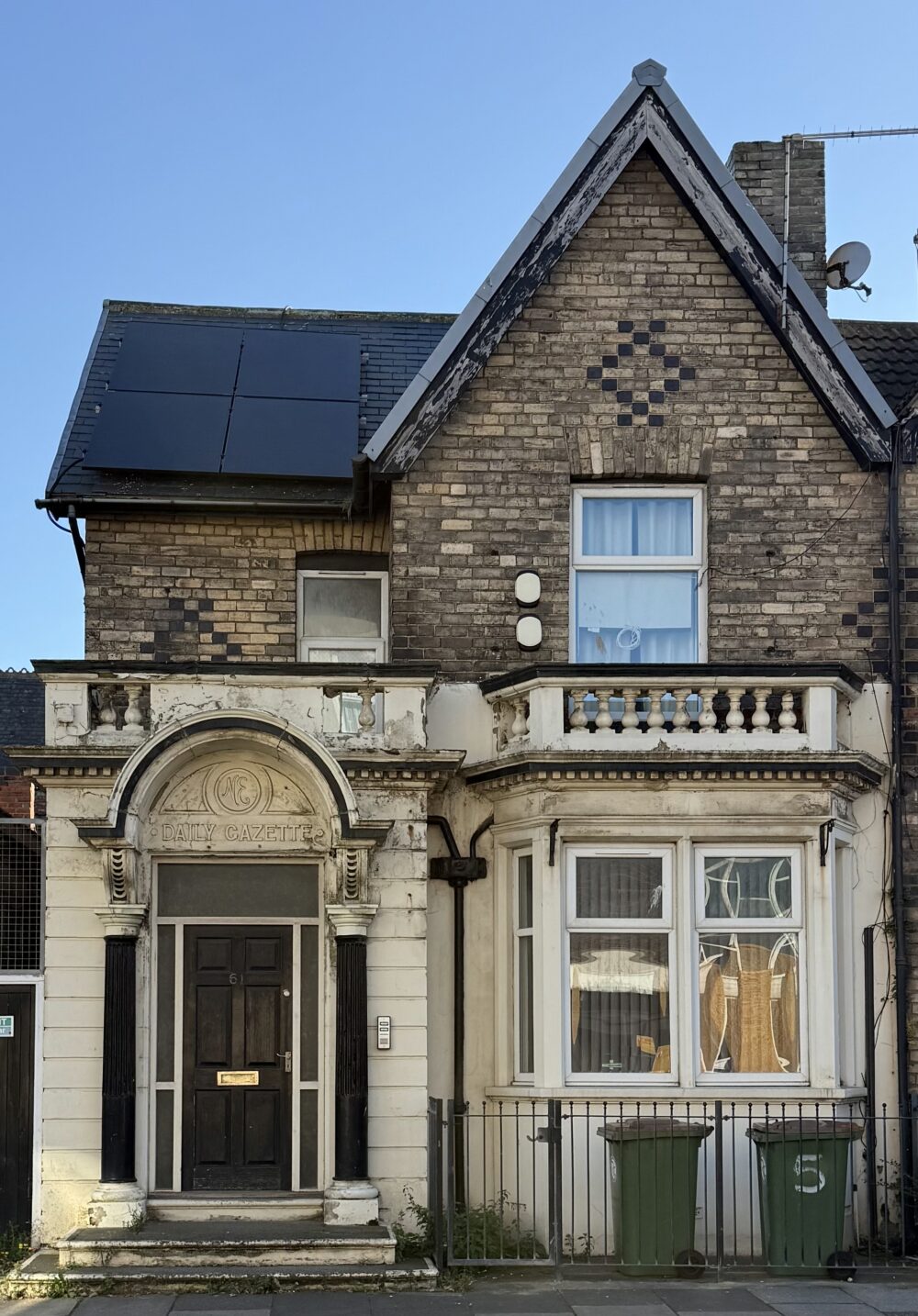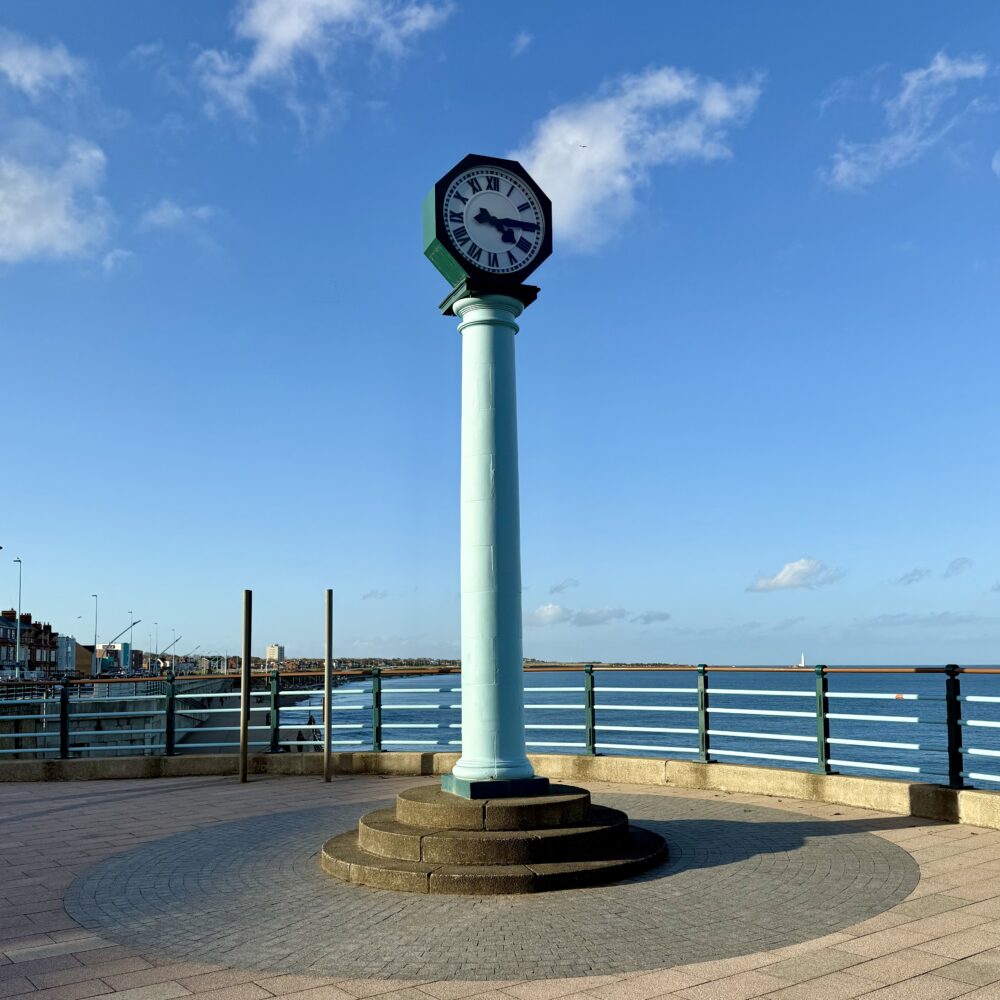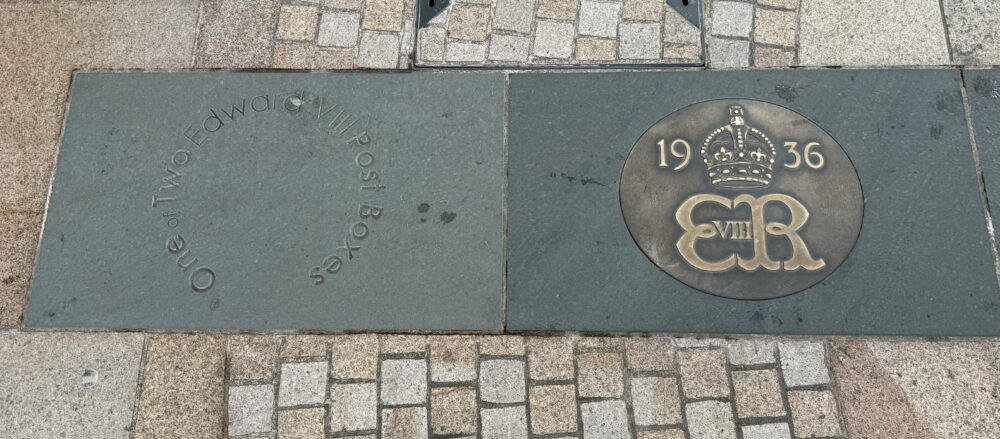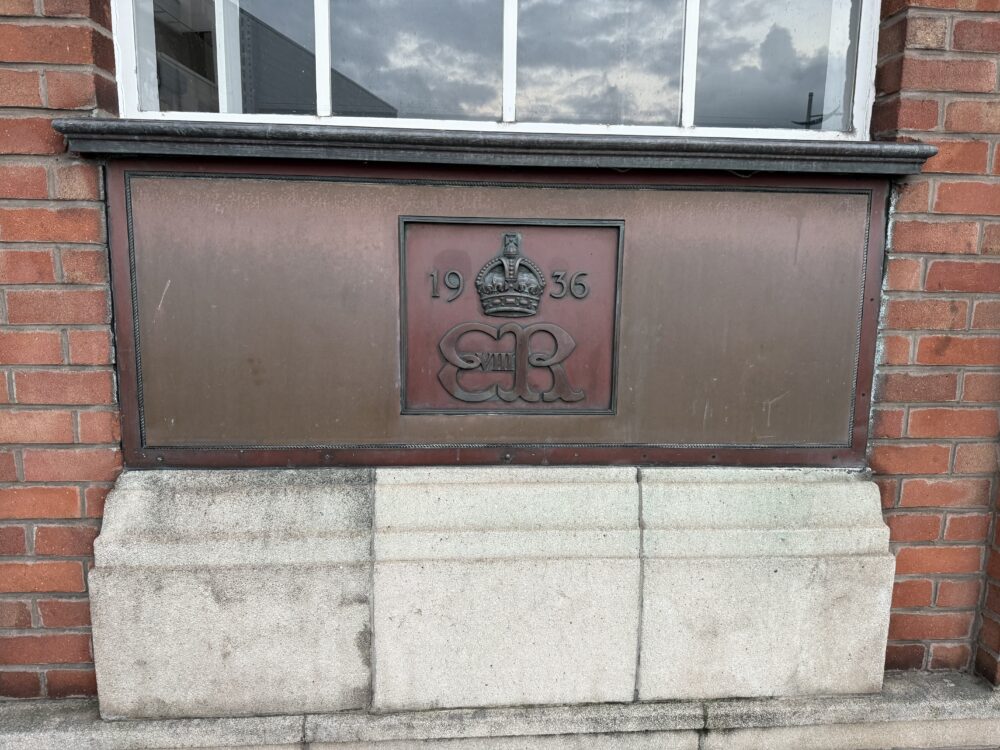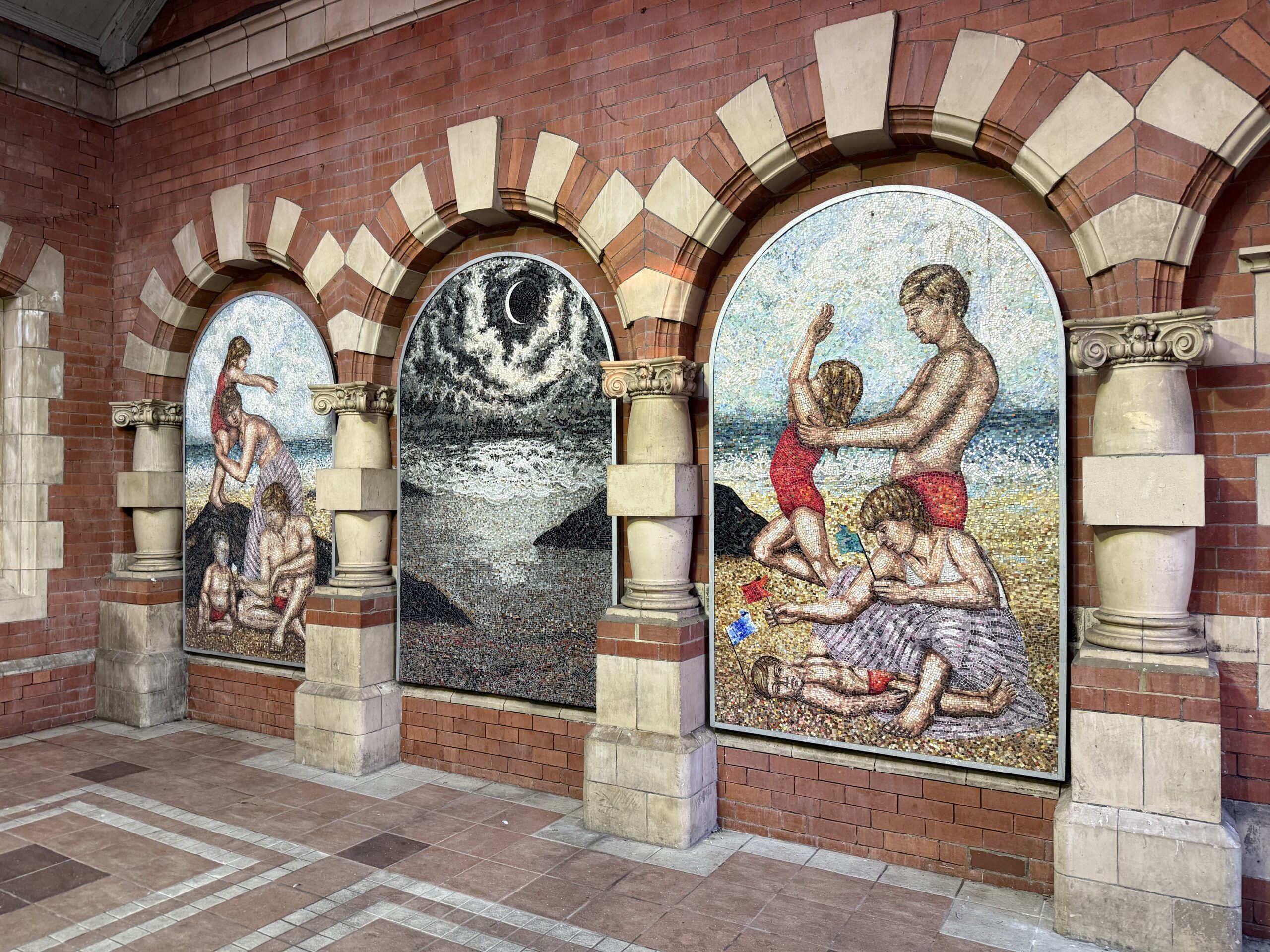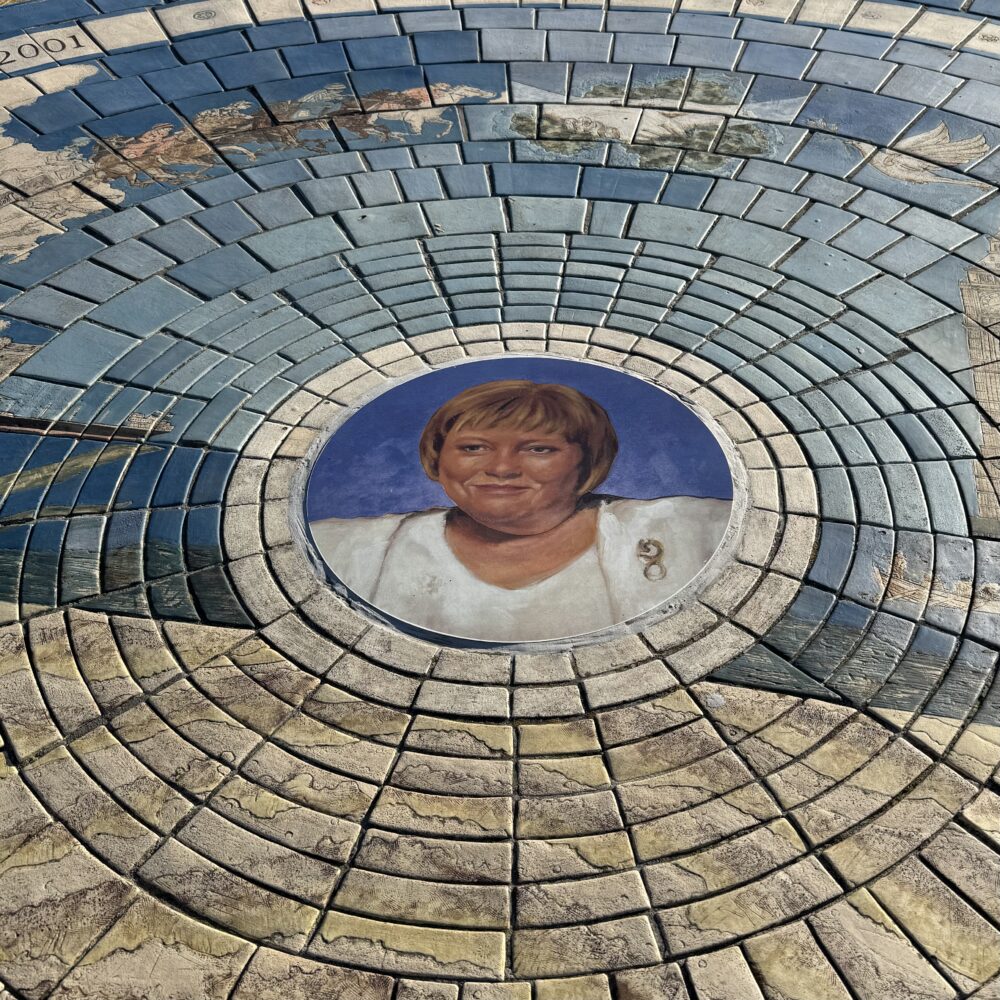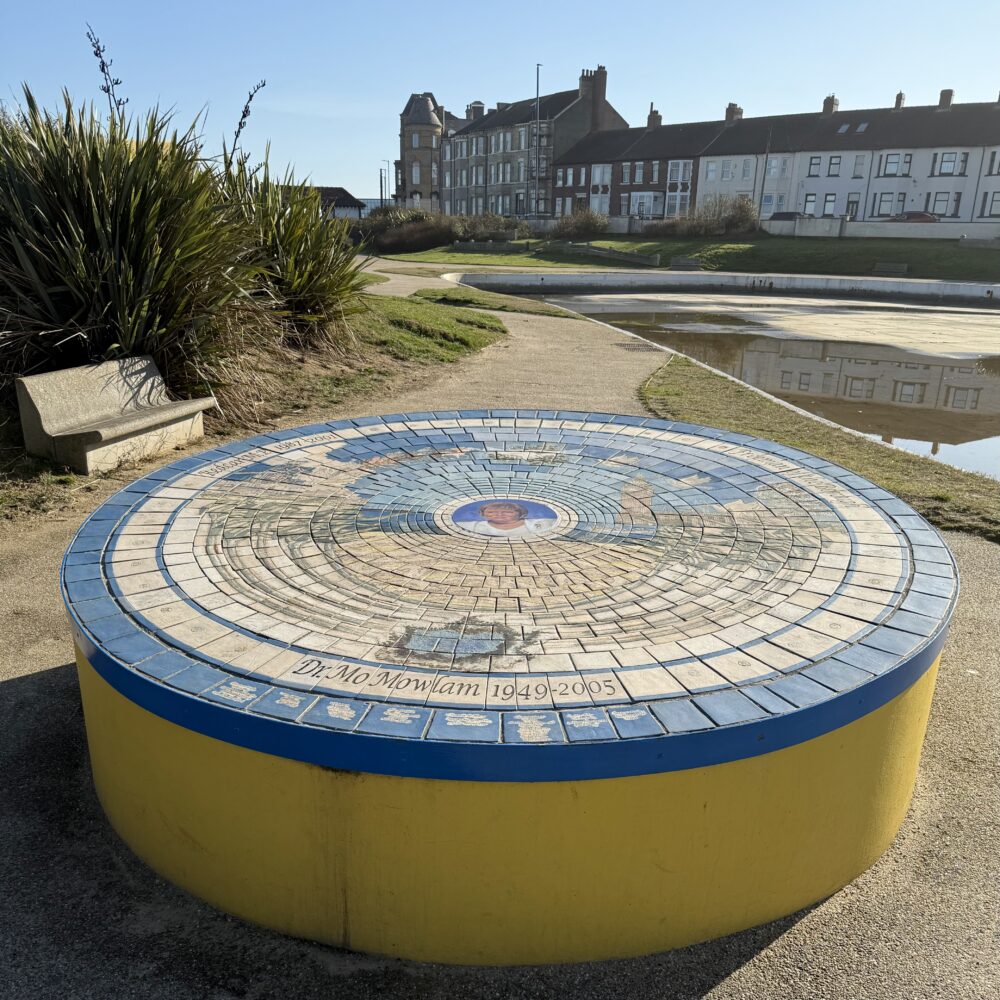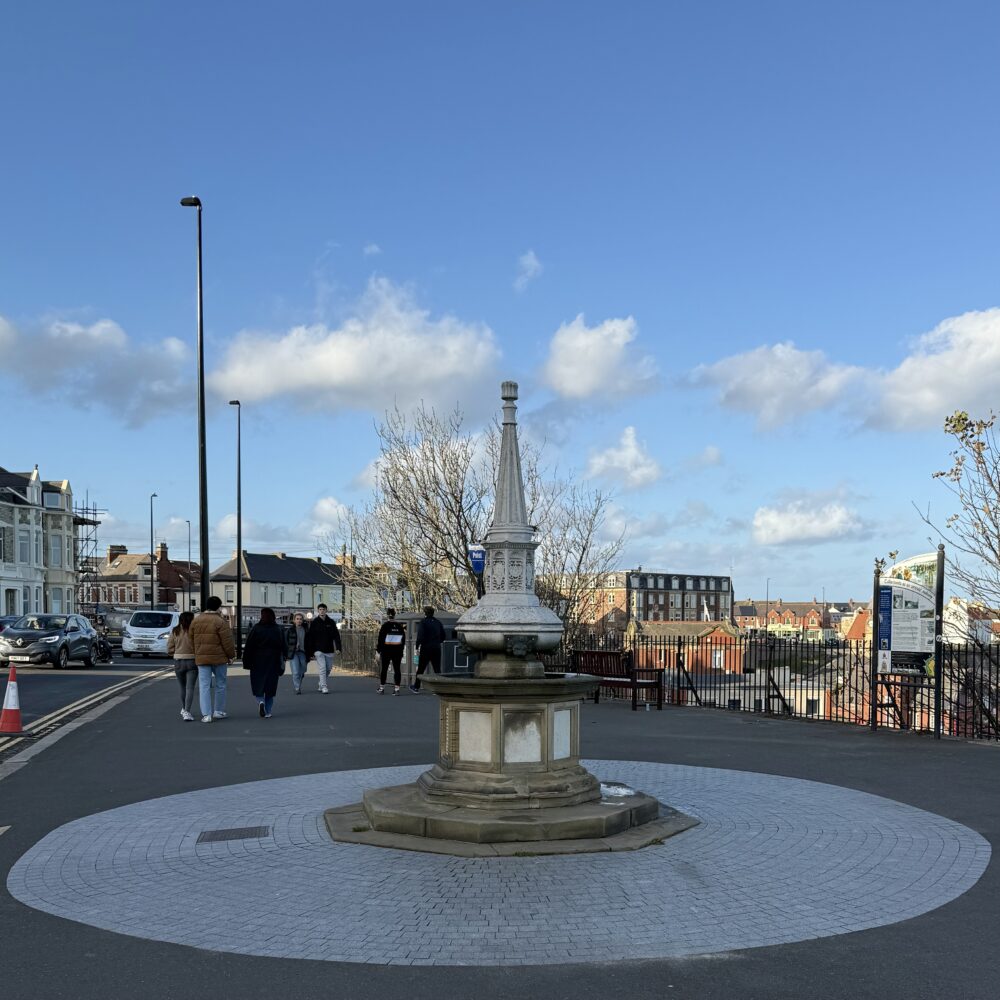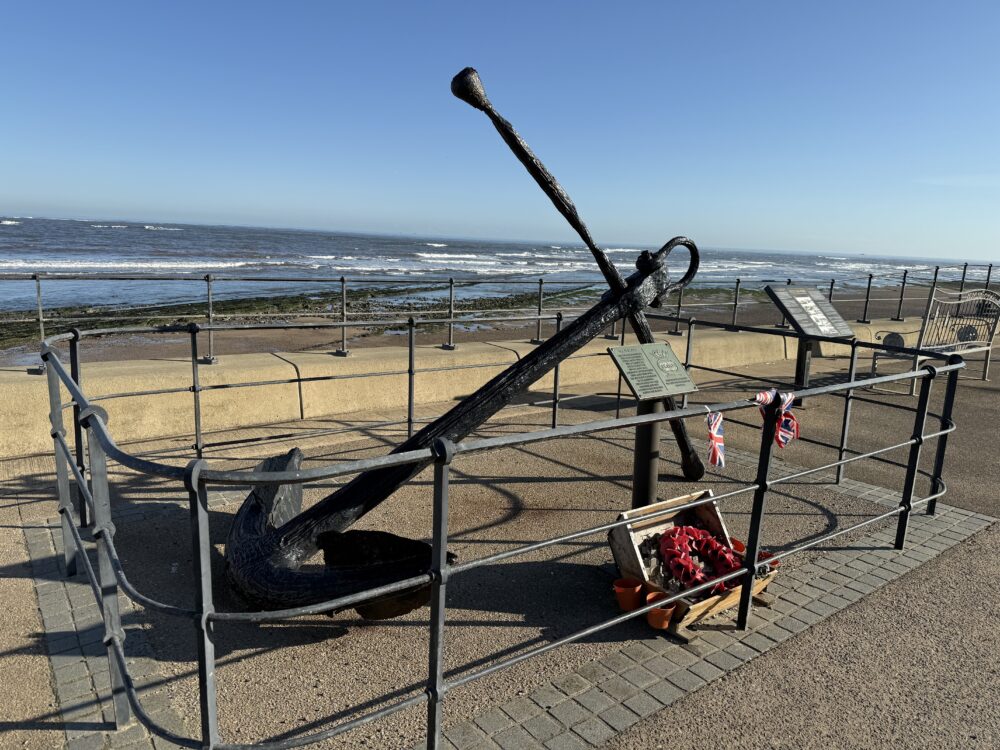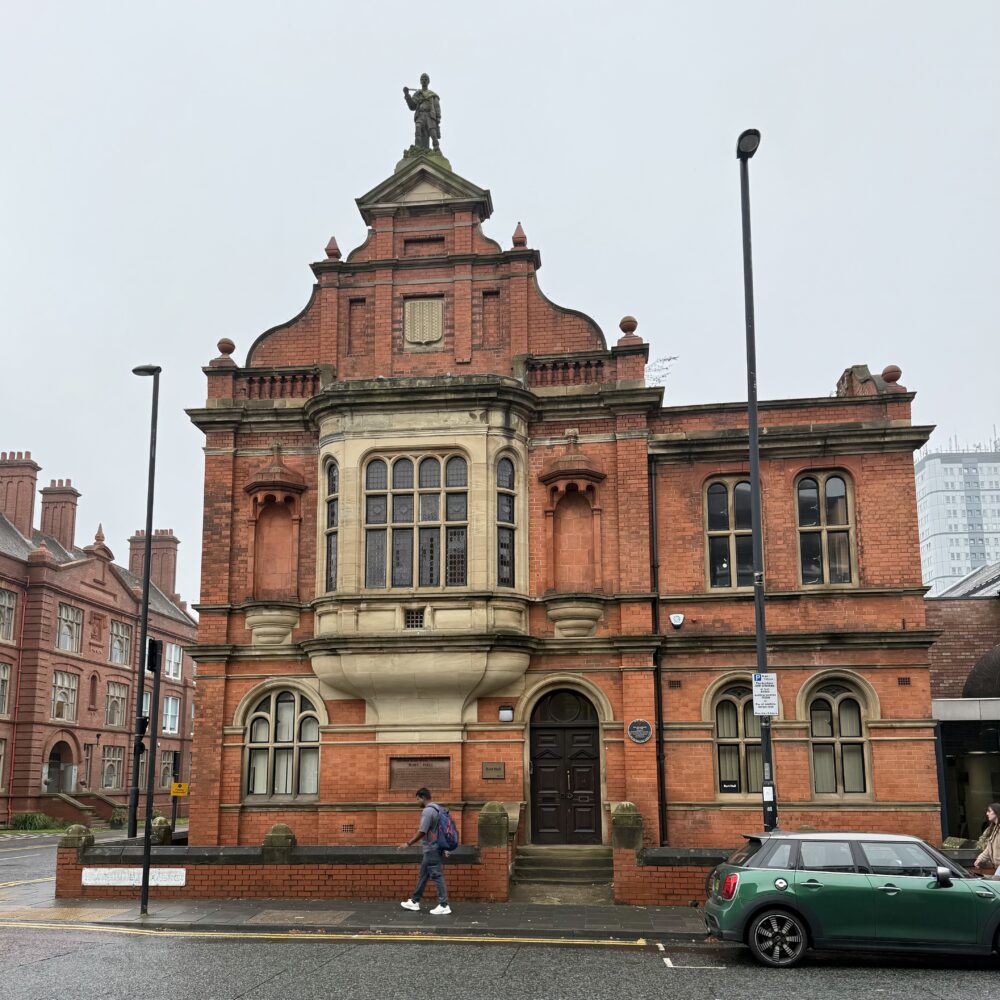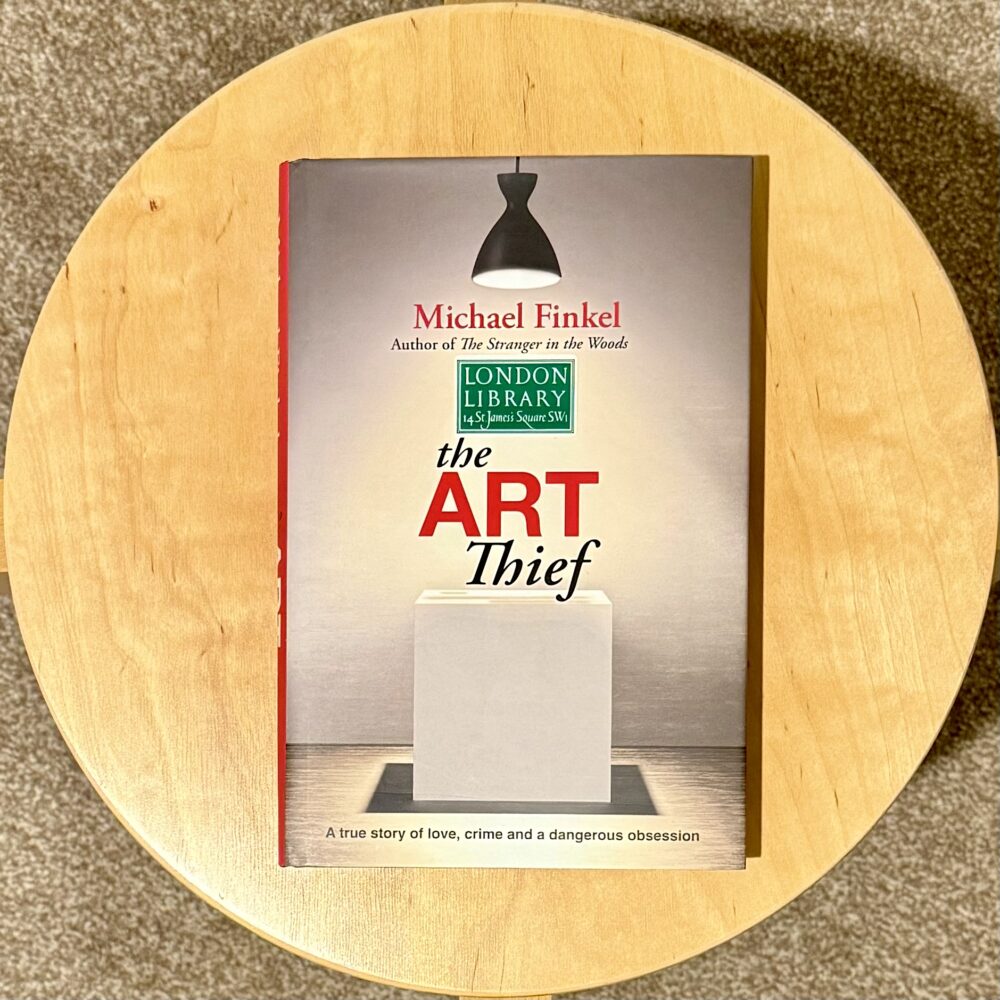
If I told you that a man stole billions of pounds worth of historical art purely for the love of it, doing nothing with it but hanging it in his bedroom in his mum’s attic, you’d surely want to read more. I certainly did, and Michael Finkel’s non-fiction account of Stéphane Breitwieser’s crimes did not disappoint.
Finkel weaves a propulsive tale, reaching from the fine detail of how Breitwieser stole individual pieces to asking questions about the nature of museums, crime, culpability and even art itself. It’s also a love story, exploring Brietwieser’s intense but complex relationships with his girlfriend, his mother and his father.
This was enormous, astonishing fun. I’d have liked a dash more of the reflection, philosophy and doubt, but this short is still worth your time.
Here are some passages that struck a chord with me:
He feels no remorse when he steals because museums, in his deviant view, are really just prisons for art. They’re often crowded and noisy, with limited visiting hours and uncomfortable seats, offering no calm place to reflect or recline.
Instead of an art thief, Breitwieser prefers to be thought of as an art collector with an unorthodox acquisition style. Or, if you will, he’d like to be called an art liberator.
Before working art crime, Darties had spent a decade in antiterrorism. He sees parallels between art thieves and terrorists—crimes that destabilize society, with psychological fallout.
When you wear your heart on your sleeve, it’s exposed to the elements.
